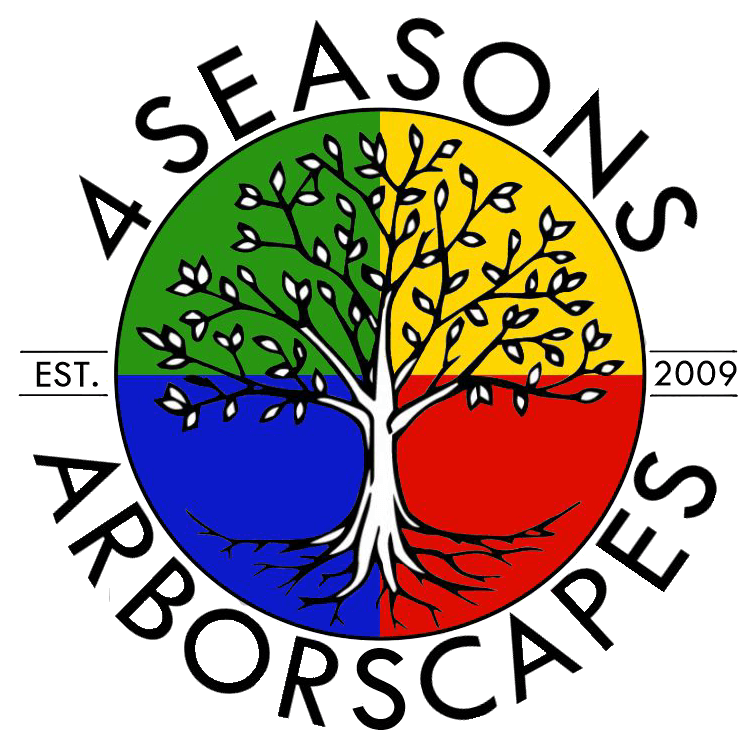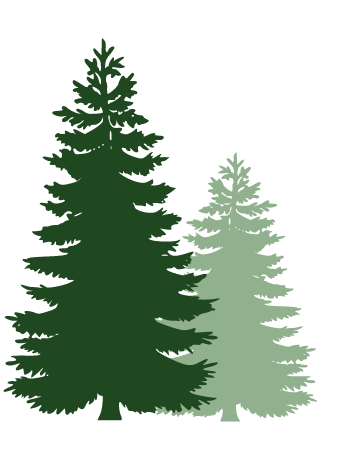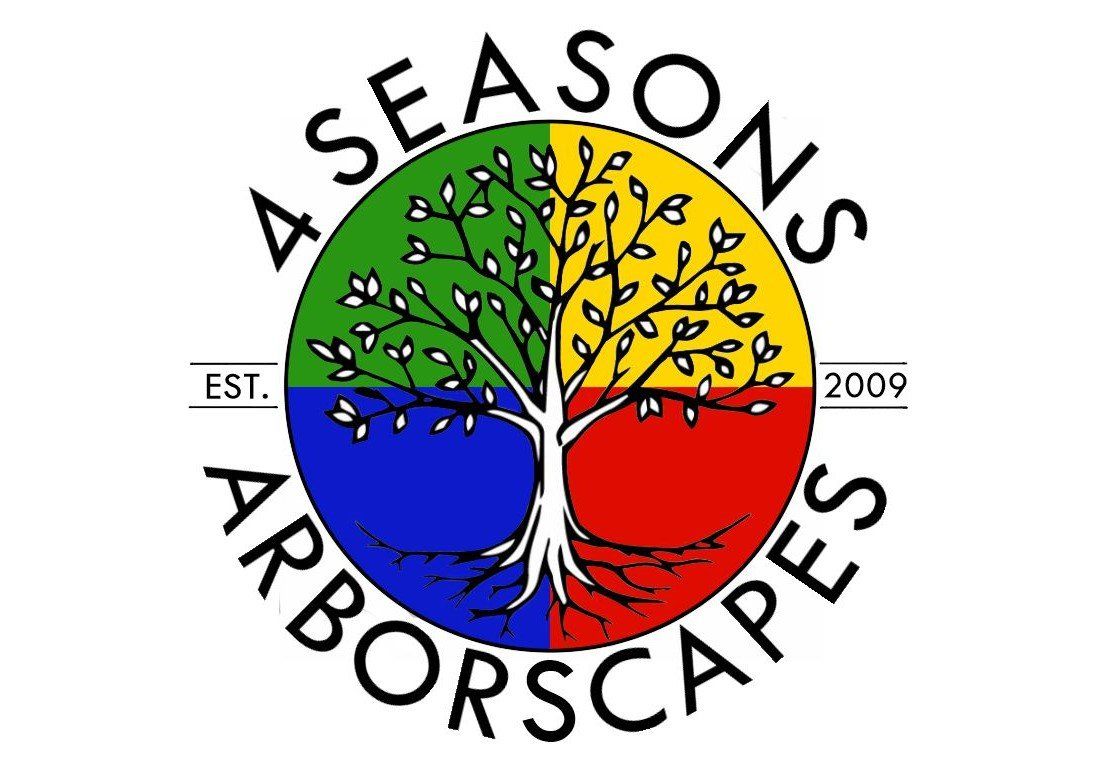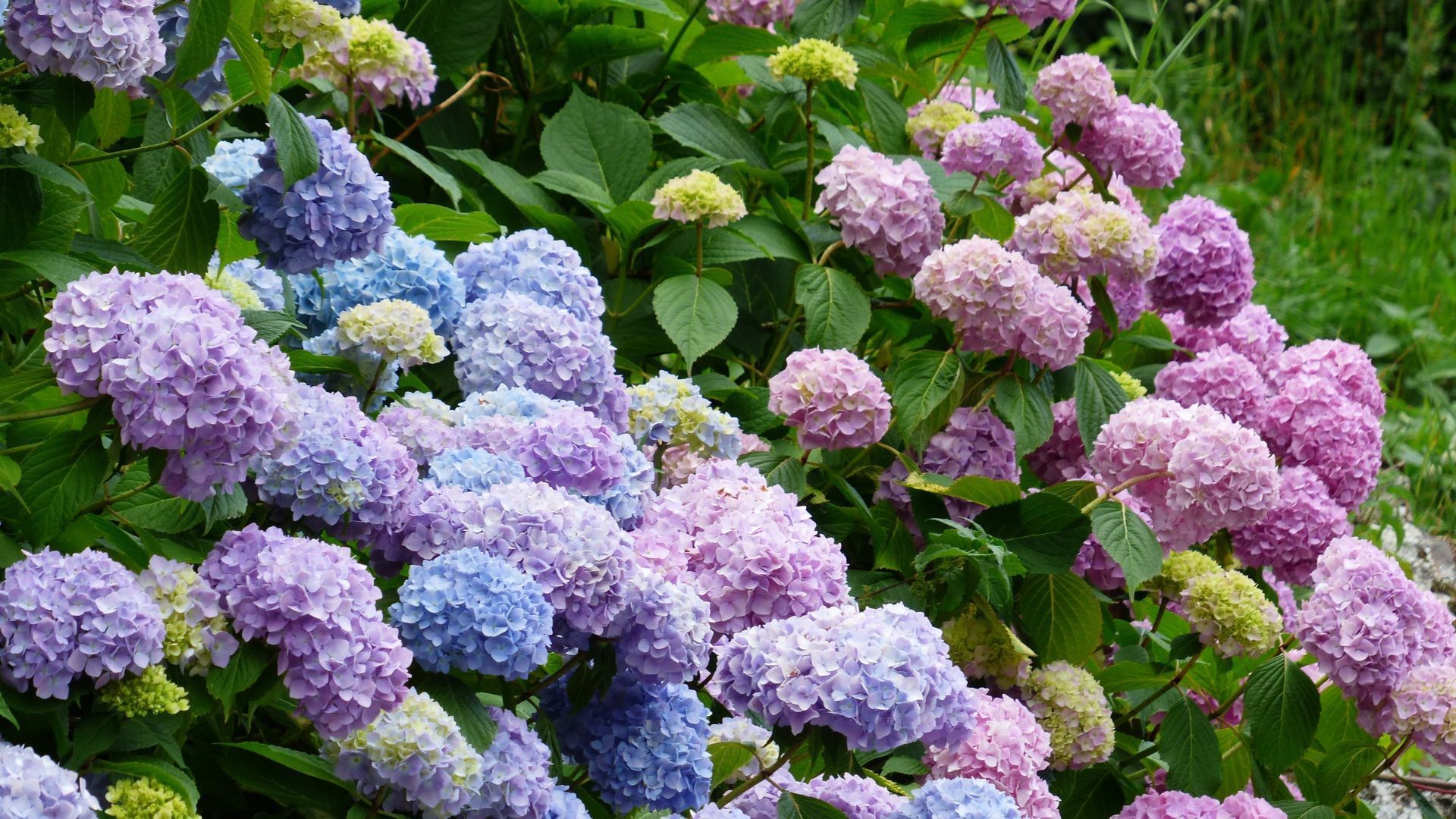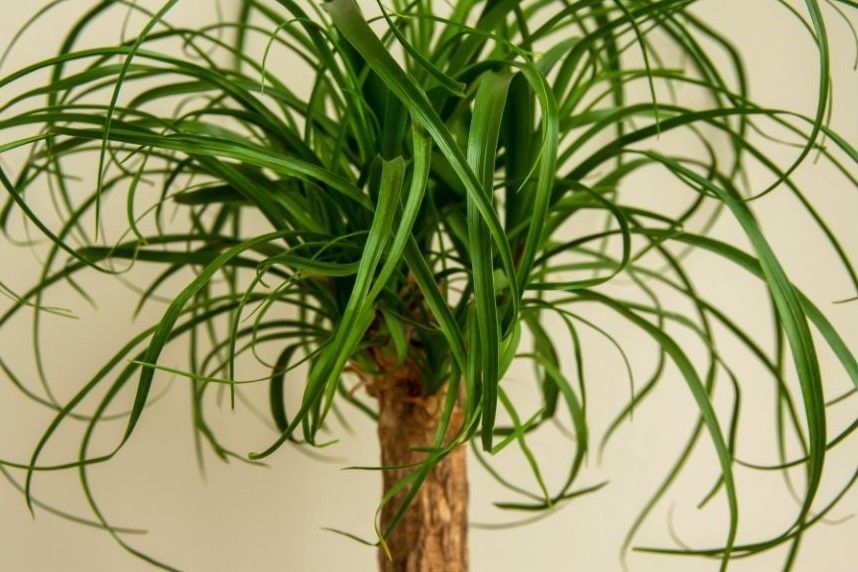State Tree of Pennsylvania: Eastern Hemlock
How the Eastern Hemlock became the state tree of Pennsylvania
In 1896, the renowned Dr. Joseph T. Rothrock, widely regarded as the "Father of Pennsylvania Forestry," declared that if Pennsylvania were to choose a single tree that epitomizes its unrivaled beauty, none would be more fitting and deserving than the majestic hemlock. These profound words, spoken with a deep understanding of the state's rich natural heritage, would resonate for years to come.
Fast forward nearly three decades, to the year 1931, a significant milestone in Pennsylvania's history, when the Eastern Hemlock (Pinaceae tsuga canadensis) was officially designated as the state tree of Pennsylvania. This momentous occasion served as a testament to the enduring significance and profound impact that the hemlock had on the state's landscape, culture, and identity.
It is worth noting that the esteemed A.J. Downing, widely revered as the father of landscape gardening in America, bestowed the highest praise upon the hemlock, proclaiming it to be the epitome of natural beauty. His words, spoken from a place of deep admiration and reverence, further solidified the hemlock's status as a state symbol.
How old can Eastern Hemlock trees get?
The oldest living hemlock ever recorded was discovered in the region of Tionesta, Pennsylvania, and it is estimated to have gracefully withstood the test of time for over a remarkable 554 years! These magnificent trees have been known to possess the astonishing ability to survive for up to 800 years.
How tall is the Eastern Hemlock tree?
Hemlocks are known for their impressive size and longevity. These magnificent trees can reach heights of up to 125 feet, with trunks boasting a diameter of over 5 feet. Their branches extend generously, covering an impressive span of 70 feet.
What makes hemlocks even more fascinating is the amount of time it takes for them to reach full maturity. It can take anywhere from 250 to 300 years for a hemlock to achieve its mature size. This is a testament to their enduring nature and unparalleled resilience.
Where do Eastern Hemlocks grow?
Thriving in the frigid embrace of colder climates, hemlocks are truly hardy conifers that can be found within USDA zones 3 through 7. These trees thrive in the cool-shaded temperatures and moist soil of the North American landscape. Hemlock trees can also be found growing on steep slopes in the southern counties.
How do Eastern Hemlocks impact the ecosystem?
Eastern Hemlocks serve as a refuge and source of comfort for the inhabitants of the forest, making them an indispensable component of the ecosystem.
In the northern regions, they create dense clusters along streams, ravines, and wooded swamps, providing a sheltered environment for various fish species like brook trout.
Hemlocks are also renowned for attracting melodious birds such as the blue-headed vireo, Acadian flycatcher, and many others!
Grouse and rabbits rely on the buds and needles for sustenance, while red squirrels and mice eagerly gnaw at the scales of the small hemlock cones to access the nourishing seeds within.
Deer, reaching as high as they can, feast on hemlock foliage and twigs, and porcupines delight in devouring the bark and snapping off sizable branches.
Eastern Hemlock Identification
Hemlocks are known for their massive trunks, beautiful evergreen foliage, and versatility in furniture fabrication and medicine. They can be identified by their conical crown shape; flat, aromatic needle-like leaves; oval or cylindrical seed-bearing cones; and reddish-brown bark. Due to the sturdiness of the trees, most of the first settlers in PA sought the comfort of the bark for shelter and used the wood to build log cabins.
The Hemlocks needle-like leaves can be recognized by their flat appearance and rounded tips. These needle leaves are about ½ inch long, dark green in color, and have two lines of white stomata below. The needles are arranged in two rows and their tips are blunt. Each flower has distinct characteristics based on its gender. Male flowers are small, round, and yellow in color, while female flowers have light green coloration at the tips of their branches. The fruit is ovoid in shape, about ¾ inches long and has rounded scales. It matures from September to October. Bark on younger trees appears gray-brown and smooth, while on older trees it's red-brown with wide ridges and furrows. When cut or broken, purple streaks are visible. Hemlock trees produce small oval, woody cones that hang from branches. All conifers propagate via seed-producing cones. Hemlock cones measure 1.5-2.5 cm and have an ovoid shape.
Check out the latest...
